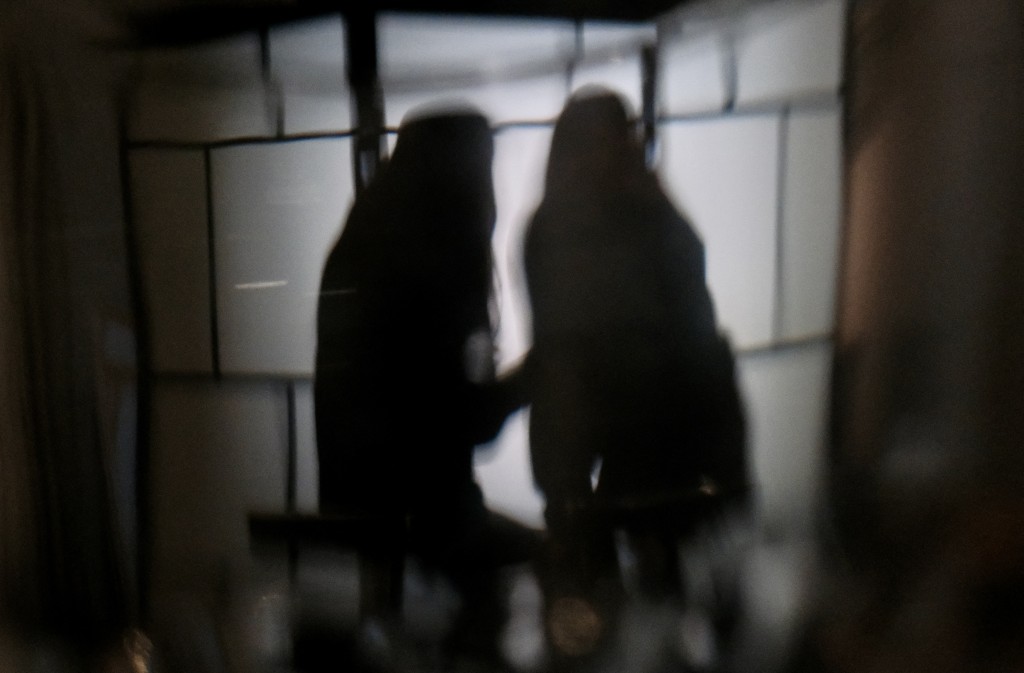Hong Kong Grapples With Rise of AI Deepfake Abuse

A Personal Nightmare Unleashed by AI
For many, the threat of AI-generated deepfake pornography feels like a distant, abstract problem. For a Hong Kong law student known only as "C", that abstract fear became a concrete nightmare. She discovered that a fellow university classmate had used artificial intelligence to create sexually explicit and graphic images of her and several other female students. The intimate and violating images were created without their consent, morphing their identities into fabricated pornographic material. This shocking act of digital violence thrust "C" and other victims into the center of a growing global crisis, one that Hong Kong's current legal framework seems ill-equipped to handle.
Navigating a Legal Black Hole
As a law student, "C" was uniquely aware of the potential legal hurdles she would face. The core of the problem lies in a legal gray area. Hong Kong's laws on obscenity and voyeurism were written for an analog world. They primarily target the creation and distribution of real, physically captured images. Deepfakes, however, are entirely synthetic. The perpetrator did not film or photograph anyone in a compromising situation; they generated a new reality with code. This distinction creates a loophole where the act of creating such an image may not be explicitly illegal, leaving authorities and victims with limited recourse. The victims' journey for justice has exposed a critical need for legislative reform that can specifically address the nuances of AI-generated abuse.
The Psychological Toll and Systemic Failures
The impact on the victims has been profound. The creation of these images constitutes a deep personal violation, causing significant emotional and psychological distress. The fear of these fabricated images spreading online creates a constant state of anxiety. When the students sought help, they encountered a system unprepared for this new form of technological assault. Both university administrators and law enforcement officials appeared uncertain about how to proceed, highlighting a systemic lack of awareness and protocol. This institutional unpreparedness compounds the victims' trauma, leaving them feeling isolated and unprotected in their fight against a faceless digital crime.
A City at a Crossroads
The case of student "C" and her peers is not an isolated incident but a stark warning for Hong Kong. As AI technology becomes more powerful and accessible, the potential for its malicious use grows exponentially. The students' ordeal serves as a powerful call to action for lawmakers, tech companies, and educational institutions. Hong Kong stands at a critical juncture, facing the urgent need to update its laws and social safety nets to protect its citizens from the dark side of artificial intelligence. Without decisive action, more individuals could fall victim to digital violation with little hope for justice.


